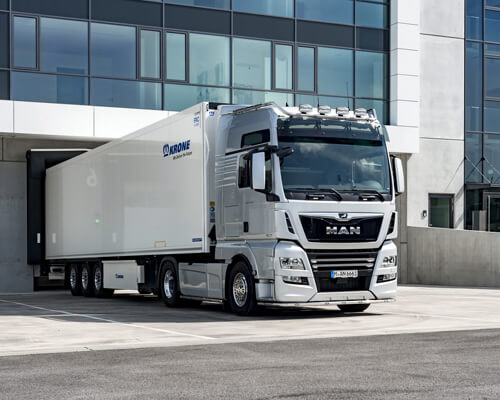
Essential Guide to Export Documentation: A Comprehensive Overview
In the complex world of international trade, proper documentation is the backbone of successful export operations. This comprehensive guide will walk you through the essential documents required for smooth export transactions and help you understand their significance in the global trade landscape.
1. Commercial Documents
The foundation of any export transaction begins with commercial documentation. These documents establish the basic terms of sale and provide important details about the transaction:
- Commercial Invoice: This document serves as the bill for the goods from the seller to the buyer. It includes crucial information such as:
- Complete details of the exporter and importer
- Description of goods
- Unit price and total value
- Payment terms
- Delivery conditions
- Proforma Invoice: A preliminary bill of sale sent to buyers before the shipment of goods, used for:
- Opening letters of credit
- Obtaining import licenses
- Preliminary price negotiations
2. Transport Documents
Transportation documentation is critical for the physical movement of goods across borders. Key documents include:
- Bill of Lading (B/L): A crucial document that serves multiple purposes:
- Receipt of goods by the carrier
- Contract of carriage
- Document of title to the goods
- Air Waybill (AWB): Used for air freight shipments, this non-negotiable document serves as:
- Proof of contract for air transportation
- Receipt of goods by airline
- Customs declaration form
3. Regulatory and Compliance Documents
Ensuring compliance with international trade regulations requires specific documentation:
- Certificate of Origin: Declares the country where goods were manufactured or processed
- Export License: Required for controlled or restricted items
- Inspection Certificate: Confirms quality, quantity, and specifications of goods
- Phytosanitary Certificate: Required for agricultural products
4. Insurance and Financial Documents
Protecting the financial interests of all parties involves specific documentation:
- Marine Insurance Certificate: Provides coverage for goods during transit
- Letter of Credit: A bank guarantee ensuring payment upon compliance with specified conditions
- Bank Draft: A payment instrument used in international trade
Best Practices for Document Management
To ensure smooth export operations, consider these essential practices:
- Maintain accurate and consistent information across all documents
- Keep digital copies of all documentation
- Implement a document verification system
- Stay updated with country-specific requirements
- Work with experienced freight forwarders and customs brokers
Common Documentation Challenges
Be aware of these frequent challenges in export documentation:
- Inconsistent information across documents
- Missing or incomplete documentation
- Delayed document processing
- Non-compliance with country-specific requirements
- Language barriers in documentation
Digital Documentation Trends
The future of export documentation is increasingly digital:
- Electronic Bill of Lading (eB/L)
- Blockchain-based documentation systems
- Digital customs declaration platforms
- Integrated document management systems
Understanding and properly managing export documentation is crucial for successful international trade operations. While the process may seem overwhelming, a systematic approach and attention to detail will ensure smooth transactions and compliance with international trade regulations.

